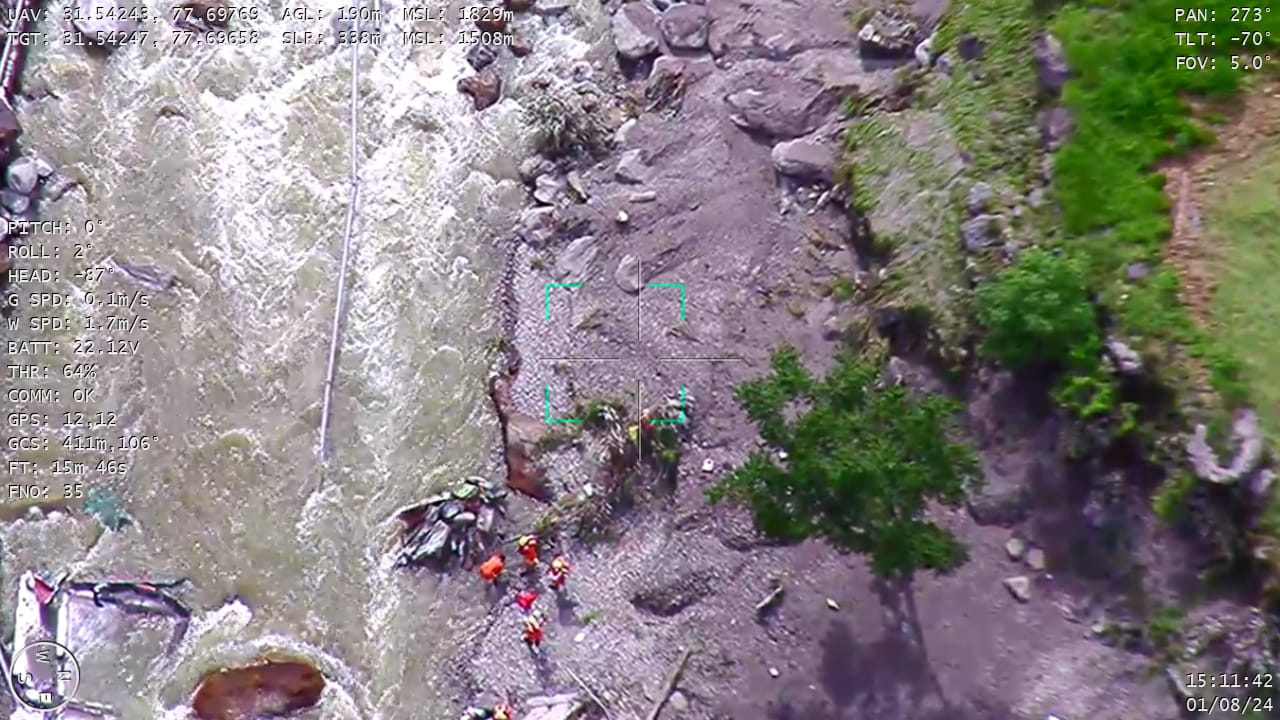SHIMLA,DEHRADUN: All eyes are now on the Prime Minister’s 10-point agenda for Disaster Risk Reduction (DRR). The focus is on three major areas: Early Warning Systems (EWS), Early Action, Disaster-Resilient Infrastructure, and Financial Provisions for DRR.
These priorities were highlighted at the recent Asia-Pacific Ministerial Conference on Disaster Risk Reduction (APMCDRR) 2024 in Manila.
India’s delegation, led by Union Minister of State for Home Affairs, Shri Nityanand Rai, emphasized the country’s commitment to disaster risk mitigation.
India is ahead in early warning technologies.
It has implemented systems like the Common Alerting Protocol (CAP) and Cell Broadcast Systems. The Indian Tsunami Early Warning Centre (ITEWC) has also been established.
But for Himalayan states like Himachal, Uttarakhand, Ladakh, Jammu & Kashmir, Sikkim, and Arunachal Pradesh, the key issue remains.
How can these regions truly benefit from DRR strategies? Especially when the very infrastructure projects meant for development often contribute to disasters themselves.
Himalayan States: Fragile Ecosystems on the Edge
The Himalayan states face unique challenges. Fragile ecosystems, unpredictable weather, and the rising frequency of cloudbursts, landslides, and flash floods and GLOFs make these regions highly vulnerable.
We have glacial lakes all across high Himalayas where glacial melt has been faster over the years due to climate change.
In Himachal, districts like Kullu, Shimla, Mandi, Kangra, and Kinnaur suffer the brunt of these natural disasters year after year. Uttarakhand sees repeated devastation in its Char Dham Yatra districts.
Ladakh and Jammu & Kashmir face similar threats, in the many districts including in region where the Amarnath Yatra winds.
But human intervention is a major part of the problem. Large infrastructure projects, such as hydropower plants, highways, and tunnels, often destabilize these fragile ecosystems.
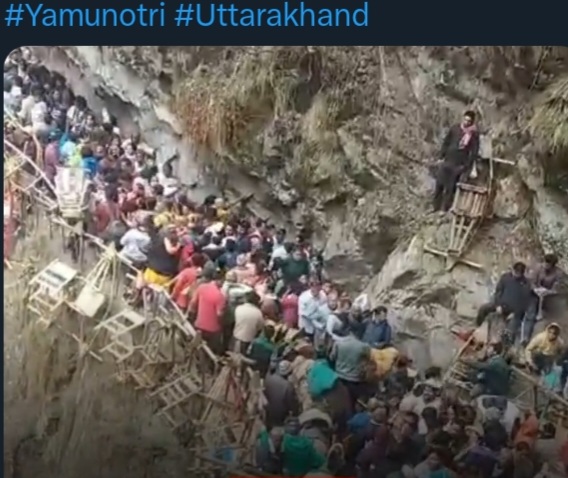
Road-widening projects for Char Dham, Four lanes in Himachal, big power projects construction in flood-prone valleys, and unregulated urbanization not only increase the frequency of disasters but also worsen their impact.
Preventing Disasters: A Shift in Approach
To fully implement the PM’s 10-point DRR agenda and protect mountain states, prevention is key. Preventing disasters in the Himalayas needs a change in how development projects are planned.
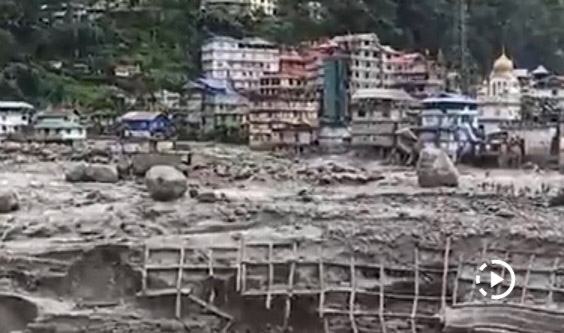
Here's how this can be achieved as pointed out by the advocates of sustainable development:
1. Stricter Environmental Impact Assessments (EIAs)
Projects in mountain states should only be approved after thorough environmental checks. Many projects bypass these assessments, leading to weakly built infrastructure that disrupts the ecosystem. Strict EIAs can stop future disasters.
2. Limit Uncontrolled Construction
Construction in floodplains, riverbanks, and eco-sensitive zones must be regulated. For instance, illegal constructions along the Beas River in Kullu worsened the impact of flash floods.
A well-planned land-use policy can prevent this and keep development in check.
3. Reforestation and Ecosystem Restoration
Deforestation destabilizes mountain slopes, leading to landslides. Aggressive reforestation campaigns can help. Protecting upper catchment areas through watershed management will stabilize flood-prone regions.
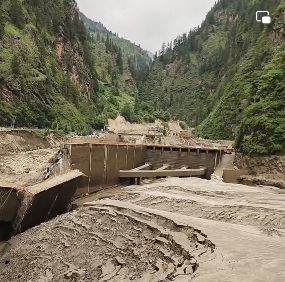
4. Prohibiting High-Risk Construction
Identifying flood-prone areas and marking zones prone to cloudbursts and landslides is critical. Settlements in these zones should be avoided. Tourist facilities and infrastructure must be built in safer areas.
5. Promoting Green Infrastructure
Eco-friendly infrastructure must be prioritized over large-scale concrete projects. Green roofs, permeable surfaces, and bioengineering for slope stabilization can reduce environmental damage.
Infrastructure Projects Fueling Disasters
Ironically, many disasters in mountain states are worsened by the infrastructure projects intended to develop these regions. In Uttarakhand, the Char Dham road-widening project has caused massive deforestation.
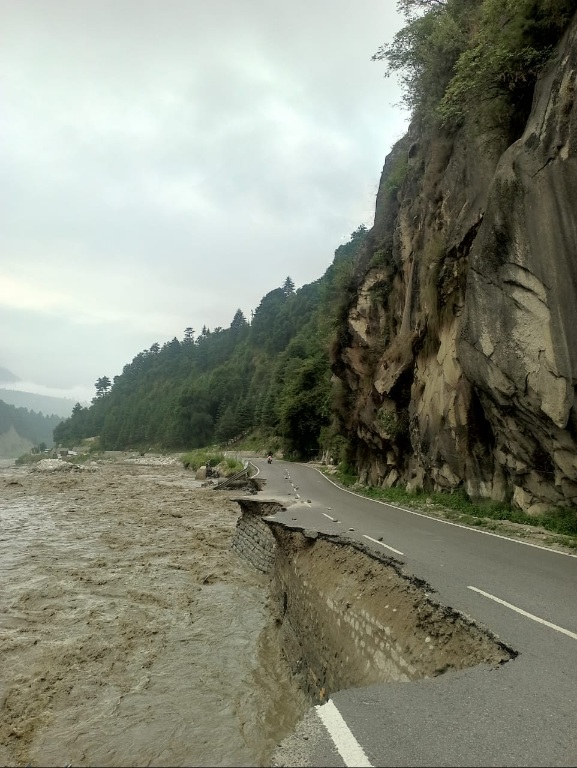
Hillsides have become unstable. Hydropower projects in Himachal, especially on the Sutlej River, have led to an increase in landslides and flash floods.
In Ladakh and Jammu & Kashmir, the construction of roads and tunnels in snow-prone, high-altitude areas has triggered avalanches and flash floods. Infrastructure projects, instead of benefiting the locals, are putting lives at risk.
Financial Provisions Alone Won’t Save the Himalayas
Coming back to what Nityanand Rai highlighted at the conference is India’s financial commitment to DRR.
The 15th Finance Commission has allocated USD 30 billion for disaster management funds. This includes the National Disaster Risk Management Fund (NDRMF) and the State Disaster Risk Management Fund (SDRMF).
While these funds help with recovery, they won’t prevent disasters that could have been avoided with better planning. But Himachal and UT Ladakh always complained of lack of funds released under the NDMA for states.
The Road Ahead for Himalayan States
If Himachal, Uttarakhand, Ladakh, and J&K are to benefit from the PM’s DRR agenda, there needs to be a major shift in their approach to development.
Simply responding to disasters is not enough. The focus must shift to prevention. By adopting eco-sensitive development, regulating infrastructure projects, and promoting sustainable, disaster-resilient infrastructure, these regions can protect themselves from future calamities.
It boils down to say that building resilience in the Himalayas is not just about recovery. It’s about preventing disasters before they happen.


